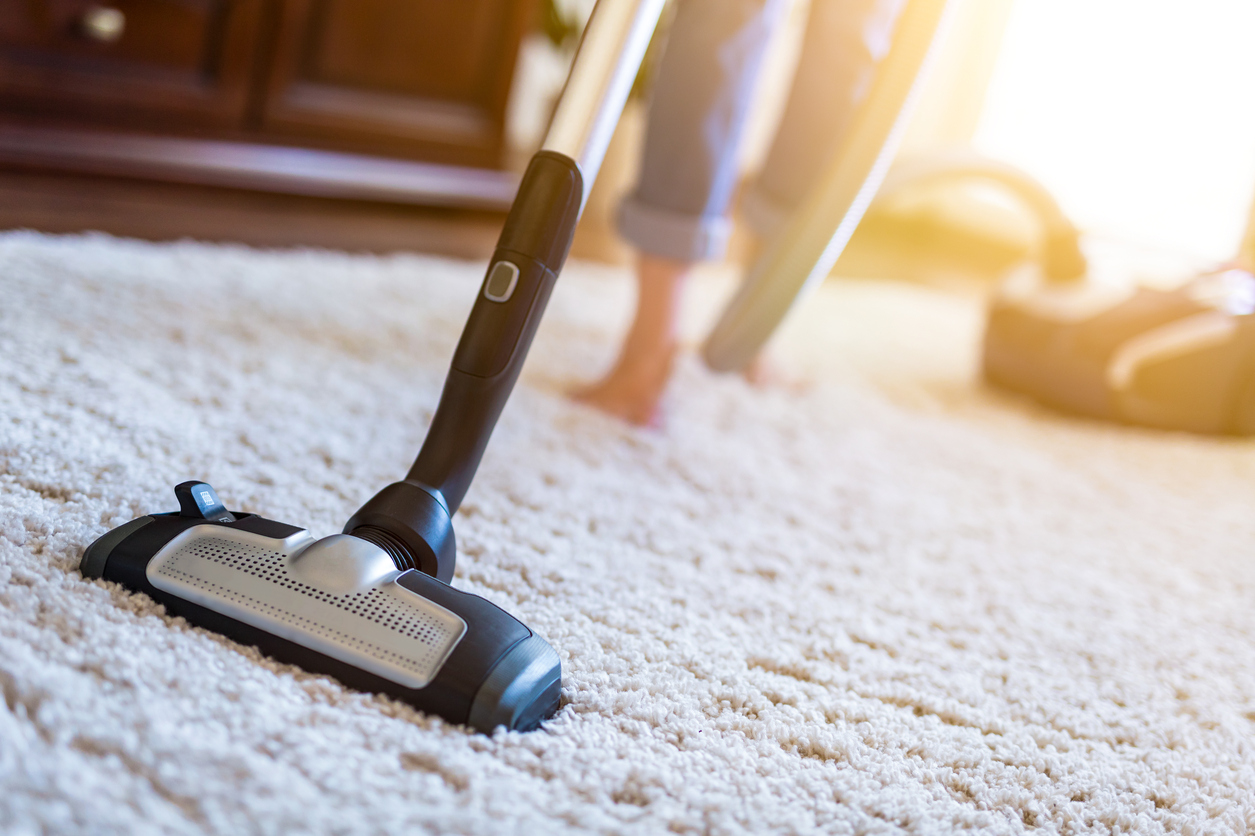Keeping an asthma-friendly home can be just as important as medication in controlling asthma symptoms. Asthma triggers hide in unexpected places – but making changes to your home environment to remove or reduce triggers can make it safer for everyone. Consult your asthma doctor in Staten Island for more tips on keeping an asthma-friendly home.
Indoor Asthma Triggers and How to Remove/Reduce Them
1. Pollens
Pollens are tiny bits of powder that come from trees or plants and are carried by the wind year-round. Although pollen is present during most seasons, pollen counts are higher during the spring and fall.
Spring: Pollen from grasses, trees and weeds are prevalent.
Fall: Pollen from Ragweed and weeds predominate.
To prevent pollens from aggravating your asthma, keep the windows shut and use air conditioning. Go to www.pollen.com to check pollen levels and make sure to stay inside if it’s a bad pollen day. Shower from head to toe before bed to prevent the pollen from spreading on your sheets and pillowcase, rubbing in your eyes and nose. Take allergy medicine per Dr. Shukla’s instructions.
2. Dust
If there is a lot of clutter in your home, especially in the bedroom or sleeping area, you probably have a problem with dust in your home. Dust accumulates on the surface of things, in cloth and in fabrics.
To keep dust under control, try to keep rooms clutter free. Store items in bins, drawers, or behind cabinet doors. Dust weekly with a damp cloth and vacuum weekly with a HEPA filter vacuum cleaner.
3. Dust Mites
Are there a lot of fabric-covered items in your house – especially the bedroom? Dust mites are tiny bugs invisible to the human eye. They like to hide in anything made of cloth or fabric like:
- Curtains and drapes
- Wall-to-wall carpeting
- Upholstered furniture
- Decorative pillows and extra-frilly bedspreads
- Stuffed animals and other fabric toys
To steer clear of dust mites, use allergy-proof pillows and mattress covers, and wash your sheets and blankets weekly in 130-degree water (very hot.) Also, replace carpet and fabric furniture with washable rugs and slipcovers, washing often in very hot water.
4. Pests
Pests in the home can include cockroaches, rats, or mice. You may have a pest issue if you see them or their droppings in your house. Pests live everywhere – especially in dark, damp places and behind walls, furniture, and clutter. Do your best to avoid a pest infestation by keeping all food and waste in sealed containers and removing clutter immediately. Fix water leaks, and don’t leave any water sitting in pots and pans or sinks. Poison baits and traps are better than bombs and sprays.
5. Furry and Feathered Pets
If your asthma symptoms are worse when animals are around, keep all pets out of the bedroom and vacuum weekly with a vacuum cleaner that has a HEPA filter. Be sure to always wash your hands and face after touching the animal. Consider keeping the pets outdoors if possible or find the pets another home if they become to much of a problem.
6. Mold and Mildew
Mold and mildew are visible as black, brown, or red spots caused by water damage, moisture, or leaks in the home. Pay attention if you have a damp carpet or leady plumbing, or if you can smell mold or mildew. Mold and mildew are commonly found in places that are moist and wet like:
- Bathrooms
- Laundry rooms
- Kitchens
- Basements
- Outdoors in leaves, grass, and dirt
To keep mold and mildew under control, run a fan during and for 20 minutes after a bath or shower. Make sure to keep areas where you know mold grows clean and dry. Fix leaks quickly and use a dehumidifier. Also, stay out of leaf and grass piles in the garden.
7. Strong Smells
Asthma symptoms may be worse around chemicals or products that have strong smells, and any strong-smelling item can trigger an asthma flare-up. To make your home more asthma-friendly, switch to “free and clear” or “green” products and learn how to make your own safe and “green” cleaners. Avoid painting or using chemicals when someone with asthma is present; if you must, make sure to open windows and use fans. Also, be sure to open a window when using an unvented gas stove or heater.
Asthma Doctor in Staten Island
Dr. Mayank Shukla is the best asthma doctor in Staten Island. Asthma is a chronic condition that can be life threatening if left untreated. Dr. Shukla has been treating asthma patients for 15 years in Staten Island and throughout New York with personalized care and the latest treatment options. If you or someone you care about has asthma, Contact Dr. Shukla Today!

